Division Pinophyta Scientific name Torreya taxifolia Rank Species | ||
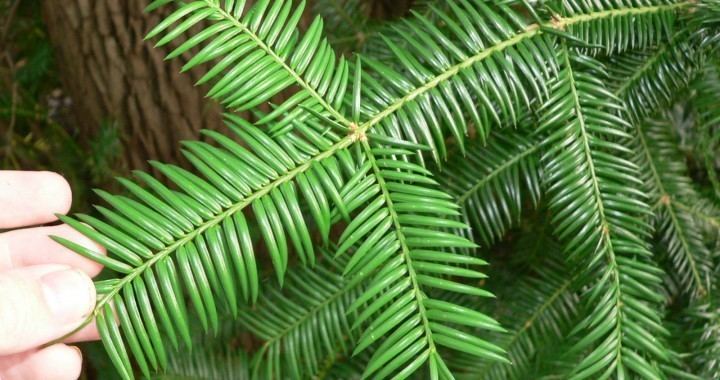 | ||
Similar | ||
Climate endangered florida tree moved to michigan torreya taxifolia
Torreya taxifolia, commonly known as the Florida nutmeg, Florida torreya, gopher wood, stinking yew, or stinking cedar (although not a true yew or cedar), is a rare and endangered tree of the yew family found in the Southeastern United States, at the state border region of northern Florida and southwestern Georgia.
Contents
- Climate endangered florida tree moved to michigan torreya taxifolia
- Site visits to florida s endangered torreya and yew trees
- Description
- Distribution
- Critically endangered species
- Cultivation and uses
- References
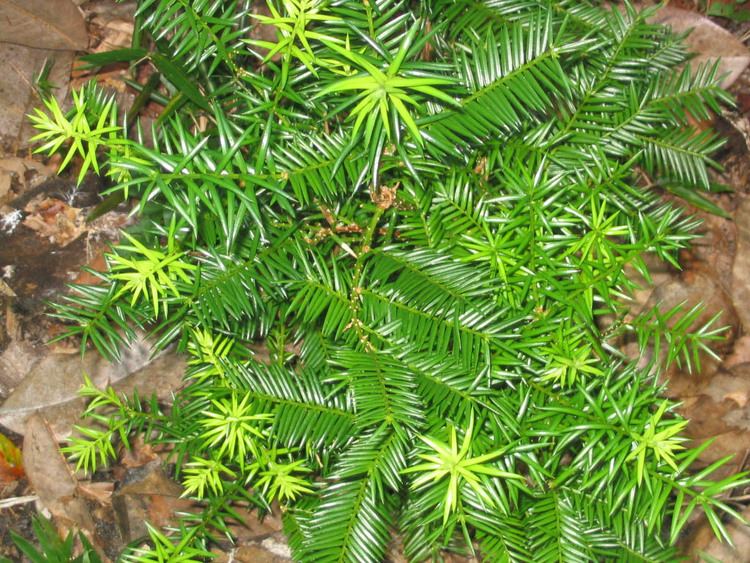
It is the type species of the genus Torreya. Torreya taxifolia became one of the first federally listed endangered plant species in the United States in 1984; the IUCN lists the species as critically endangered. A survey conducted in 2000 estimated the population of T. taxifolia in its native habitat to be between 500 and 600 individuals, with approximately 10 capable of reproduction. Due to a poorly understood fungal blight that has destroyed 98% of the mature trees of the species, extinction in its native range is thought to be inevitable.
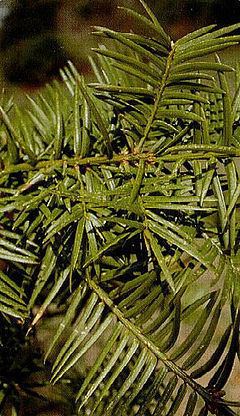
Site visits to florida s endangered torreya and yew trees
Description
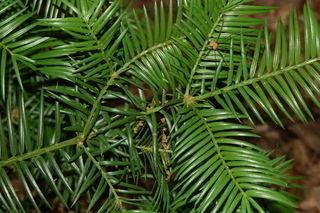
Torreya taxifolia is an evergreen tree that may reach heights of 15 to 20 meters. The trees are conical in overall shape, with whorled branches and stiff, sharp pointed, needle-like leaves 2-3.5 cm long and 3 mm broad. The male (pollen) cones are 5–7 mm long, grouped in lines along the underside of a shoot. The female (seed) cones are single or grouped two to five together on a short stem; minute at first, they mature in about 18 months to a drupe-like structure with the single large nut-like seed 2-3.5 cm long surrounded by a fleshy covering, dark green to purple at full maturity in the fall. The leaves and cones have a strongly pungent resinous odor when crushed, leading to its popular names "stinking yew" and "stinking cedar".
Distribution
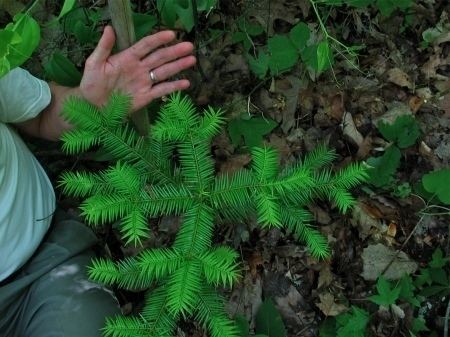
Torreya taxifolia is restricted to limestone bluffs and their ravines within Torreya State Park and at the Nature Conservancy Apalachicola Bluffs and Ravines Preserve, along the east bank of the Apalachicola River in the northern Florida Panhandle and immediately adjacent southernmost Georgia. Most stands are composed of immature trees of less than 2 metres (6 ft 7 in) tall.

It grows mostly in the shade of wooded ravines and steep, N-facing slopes under canopy of American beech (Fagus grandifolia), Tulip tree (Liriodendron tulipifera), Florida maple (Acer floridanum), Sweetgum (Liquidambar styraciflua), White oak (Quercus alba), and occasionally Loblolly pine (Pinus taeda) and Spruce pine (Pinus glabra). Often these woods are hung with vines such as Smilax species and Crossvine (Bignonia capreolata). Another rare conifer, the Florida yew (Taxus floridana), occasionally grows with Torreya taxifolia.
Critically endangered species
This was one of the first federally listed endangered plant species in the United States in 1984. It is a Critically endangered species on the IUCN Red List, due to estimated 98% decline in mature individuals since the early 1950s. Before the start of the decline, the population was estimated to have been more than 600,000 (ca.1950). The current population is estimated to be between 500 and 600 trees, of which less than 10 are known to produce male or female cones. Its total extent of occurrence is estimated to be about only 200 square kilometres (49,000 acres). IUCN population viability analyses indicate that extinction within its native range is inevitable.
The most significant current threat to the species is the continued reproductive failure associated with fungal pathogens. Individuals do not reach reproductive size before being top-killed. The population of mature trees has crashed since the 1950s, due to the introduction of fungal disease(s). Recent research has identified a previously unknown species of Fusarium that may be the cause.
Up to 11 species of fungi attack Taxus taxifolia, including species of Physalospora and Macrophoma. Fungicide treatment has been shown to be effective for fungal infection, with plants showing renewed growth after treatment. Recovery of the species may be inhibited by postglacial global warming, as it is best adapted to the cooler, moister climate found in this area during the last ice age. It may not have been able to move north in the postglacial warming, due to poor dispersal abilities.
Some biologists have suggested that Taxus taxifolia is an evolutionary anachronism similar to the Osage orange (Maclura pomifera) and Kentucky coffeetree (Gymnocladus dioicus), which was dispersed by a now-extinct animal. Similar to the Kentucky coffeetree (Gymnocladus dioicus) and Honey locust (Gleditsia triacanthos), the seeds of Taxus taxifolia are extremely hard and require scarification to germinate, which may have been performed by the process of passing through an animal's digestive tract. The terpene content of the berries and the thinness of the seed's shell imply that the extinct ecological partner may have been a large tortoise.
Cultivation and uses
In the 19th century, the tree was harvested for wood that was used as fenceposts, shingles, furniture and as a fuel for riverboats on the Apalachicola River.
It has occasionally been planted as a landscape tree around Tallahassee, and one such specimen in Florida has achieved 30 ft. Some large specimens are grown elsewhere in botanical gardens, and this is where species has the best chance to survive. The champion tree of the species is in North Carolina, having a height of 45 ft and a width of 40 ft. The Atlanta Botanical Garden is actively propagating the plant for conservation purposes, and an organization dedicated to relocating the species north has been planting it in the southern Appalachians.
